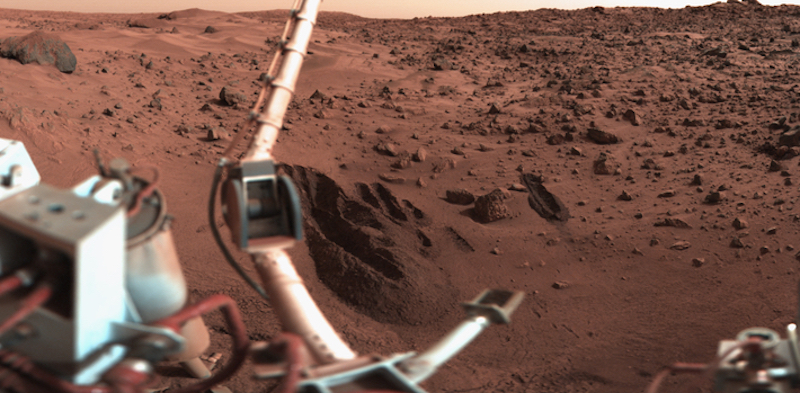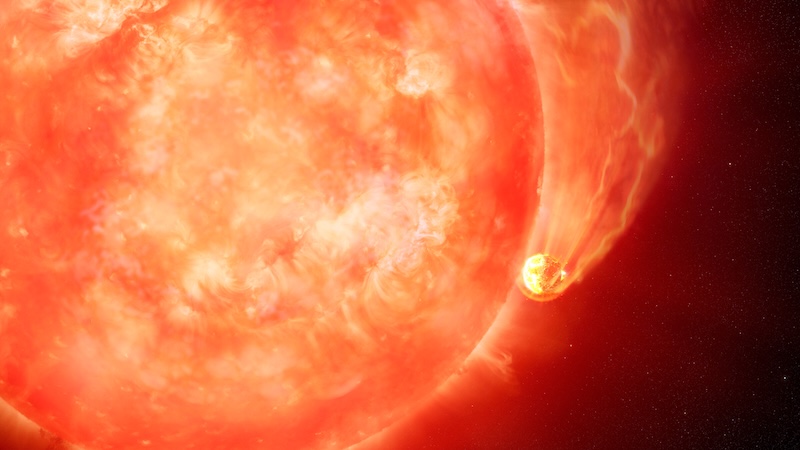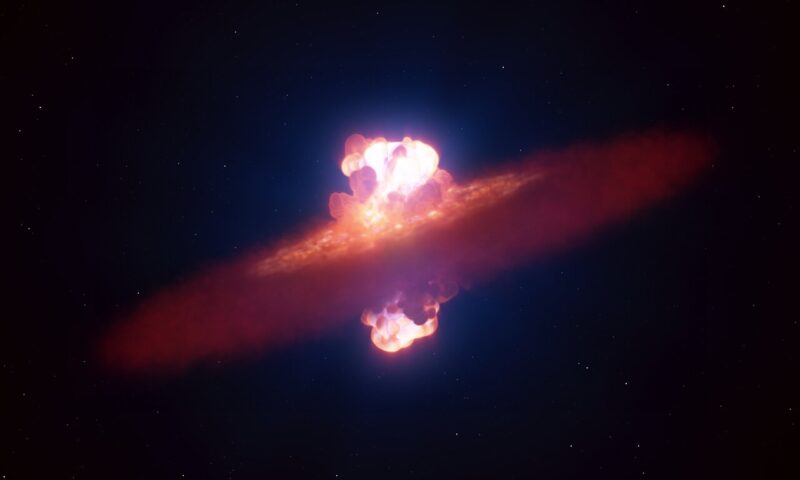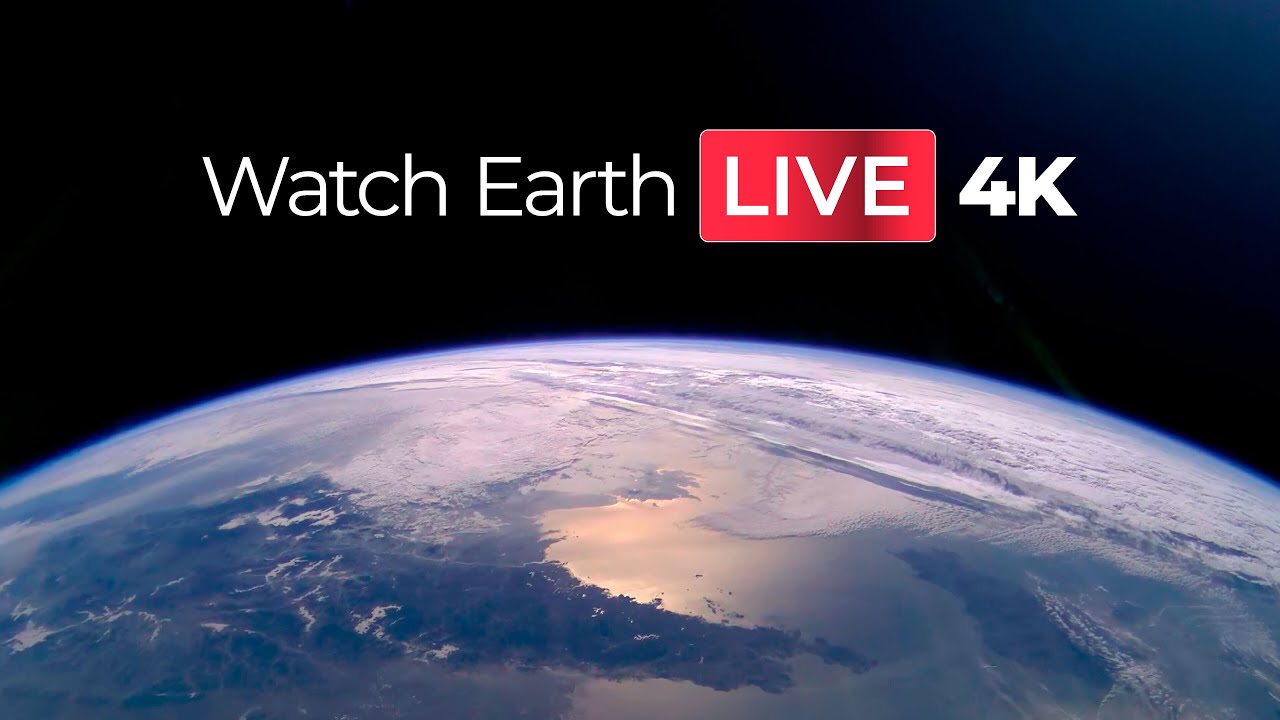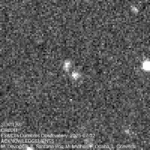Now Reading: Stargazing in national parks around the world
-
01
Stargazing in national parks around the world
Stargazing in national parks around the world
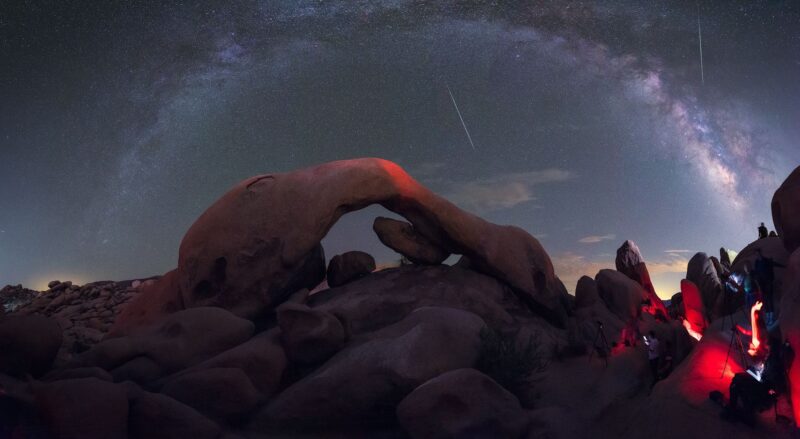
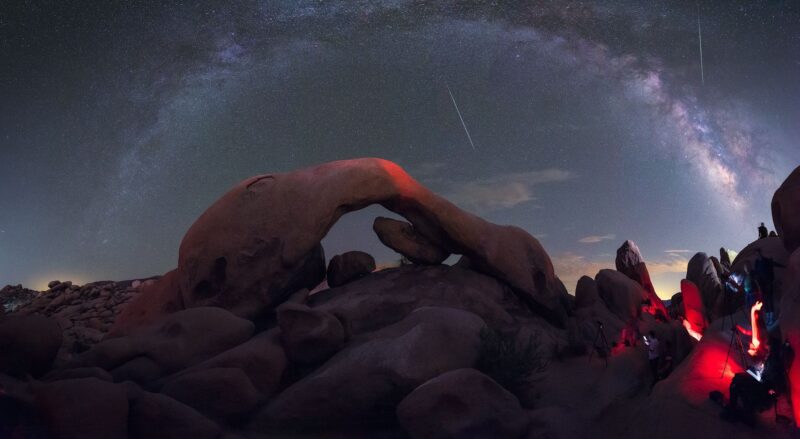
Science matters. Wonder matters. You matter. Join our 2025 Donation Campaign today.
Stargazing in national parks
We all know that, from a city, you can’t experience the glory of the night sky. Astronomers call the presence of any unwanted, inappropriate or excessive artificial lighting by the term light pollution. And, as recently as 2016, scientists said in the journal Science Advances that more than 99% of people in the U.S. live under light-polluted skies. In fact, they said nearly 80% of U.S. citizens can’t see the Milky Way. Those same sorts of numbers probably apply to many other countries as well.
And now here’s the good news.
If you look at a map of light pollution, you’ll see the dark pockets often correspond to public, protected lands. Here in the U.S., and in more than 100 countries around the world, national parks are some of the least light-polluted and therefore best places to observe the night sky. But how can you find out which parks to visit?
A short list of resources
We can’t tell you all the great places to stargaze in the world. But here’s a short list of resources.
Not in the U.S.? Try this link to All International Dark Sky Places.
Try EarthSky’s Best Places to Stargaze: A crowd-sourced map of dark sites around the world
Or try ‘Half the Park is After Dark: Exploring dark-sky parks around the world
A simplified guide to stargazing from the TravelasFamilyBlog
When should you go?
Here are some tips for deciding when to schedule your stargazing experience in a national park:
- You’ll enjoy stargazing more in the summertime, when the nights are warm.
- Consider the days around new moon, when the moon is traveling across the sky with the sun during the day. This leaves the nights free of moonlight for the darkest possible view. And, if you can stay awhile, and want truly dark skies, try the span of days between two to three days before, to two to three days after, new moon.
- Also, remember that a thin crescent moon, which you’ll see either early morning or early evening in the few days around new moon, is pretty and interesting on its own. It’s a great place to turn your binoculars.
- Check EarthSky’s night sky guide. It’ll list sky events that you might be able to view.
- Check EarthSky’s meteor shower guide. It’s great fun, indeed, to go to a national park, where skies are dark, and watch a meteor shower.
- Before you go, check the weather. You can’t see the night sky through clouds and rain.
Stargazing programs in the national parks
Many parks hold stargazing events after dark. Park rangers knowledgeable about the night sky point out the highlights and sometimes share views through a telescope. For example, Bryce Canyon National Park even has an annual astronomy festival. In addition, Glacier National Park now has the Dusty Star Observatory on the east side in St. Mary, along with star parties at Logan Pass.
Some of the darkest night skies in the U.S. are in the desert of Nevada, and the Great Basin Observatory will capitalize on that. In fact, this observatory will be the first research-grade observatory built in a U.S. national park. You can find more national park observatories here.
And, before you visit any national park service site, check the NPS website to see what astronomy or observing programs are available to visitors.
Of course, one of the easiest ways to enjoy the night sky in the national parks is to camp out under the stars. Remember to reserve your campground space in advance and hope for clear skies. To see what’s visible in the sky for the night you’re camping, check our Tonight page.
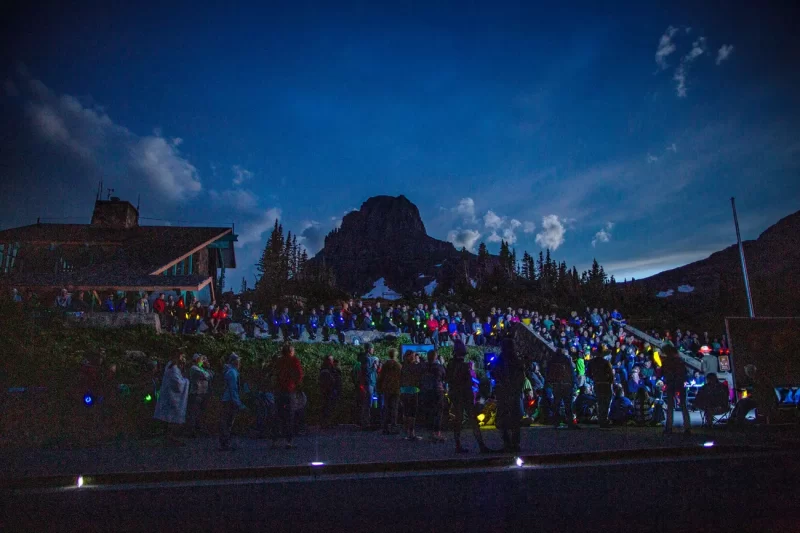
Thank you, NPS
Here in the U.S., our National Park Service (NPS) maintains a Natural Sounds and Night Skies Division in an effort to protect the native soundscape and guard against light pollution in the parks. Of preserving dark skies, the NPS website says:
The night sky has inspired us for generations. Nighttime views and environments are among the critical park features the NPS protects. Night sky protection enhances qualities of solitude and undeveloped wilderness character that animals depend on for survival, park visitors seek for connections and many cultural-historical parks require for preservation. In this regard, the NPS recognizes a naturally dark night sky as more than a scenic canvas; it is part of a complex ecosystem that supports both natural and cultural resources.
So, many U.S. national parks have earned the designation of International Dark Sky Park. Of course, these parks must have exceptional and protected dark skies to earn this distinction. Some International Dark Sky Parks include the Grand Canyon, Death Valley, Big Bend, Mammoth Cave and more. You can view the full, global list here.
To explore the night sky data collected in national parks, visit this website
In addition, no matter where you live in the world, you can look for a dark-sky site near you at EarthSky’s Best Places to Stargaze page. It is crowd-sourced and includes many, many parks in all parts of the world.
Night-sky photos from the national parks
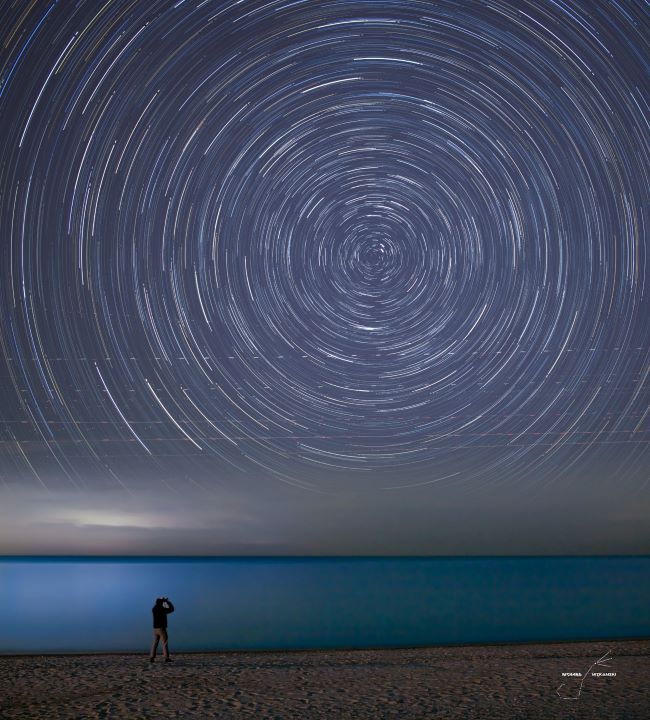
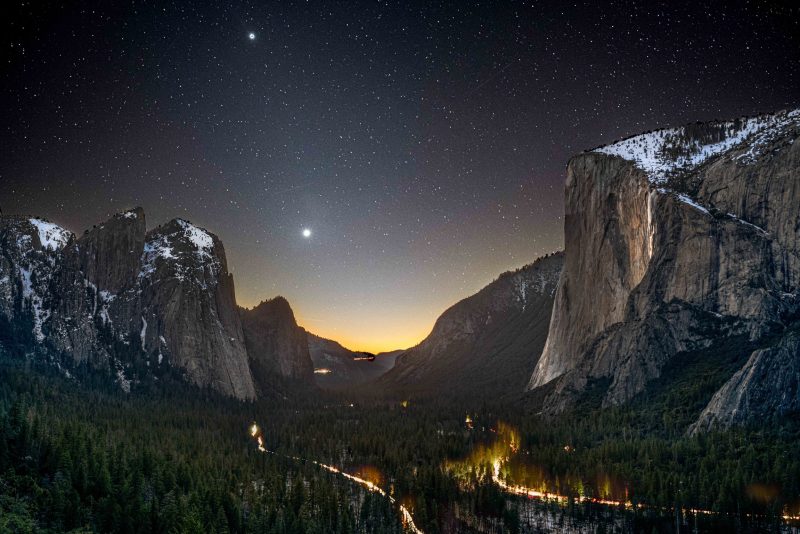
More photos from stargazing in national parks
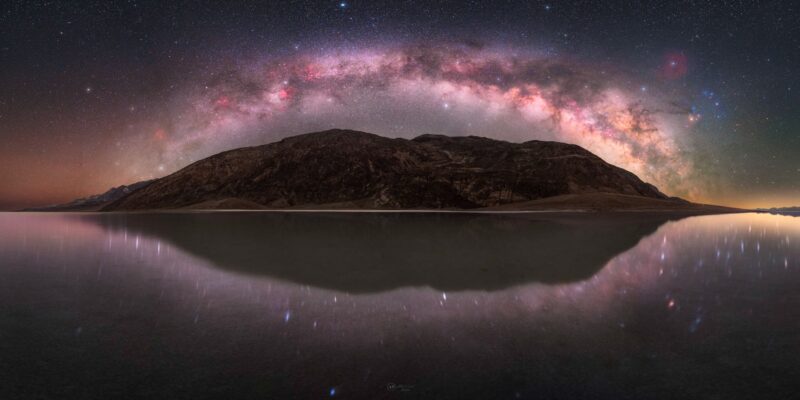
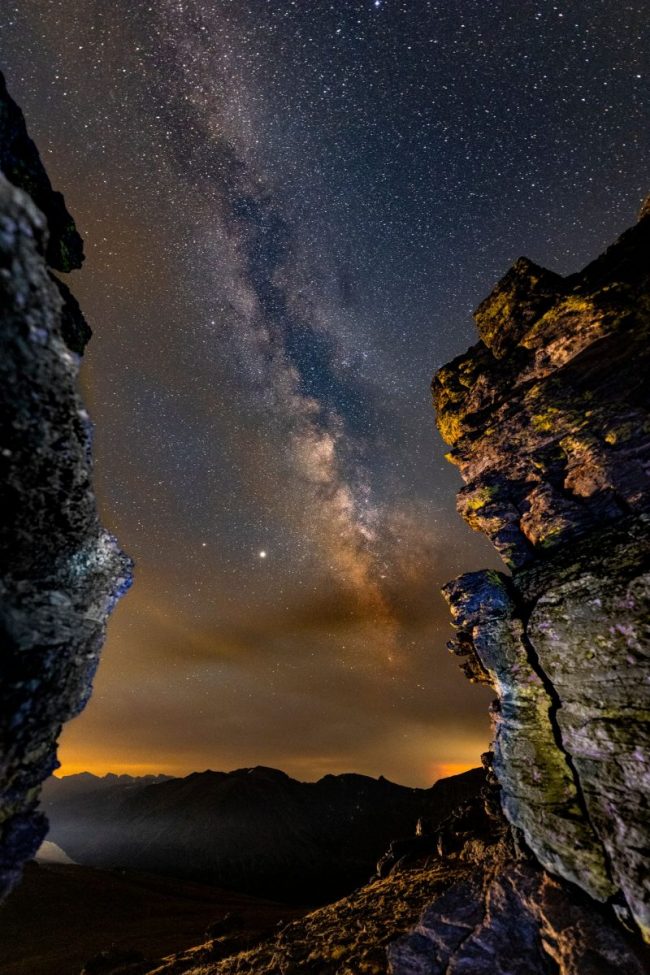

If you have a great photo of the national parks after dark, share it with us!
Bottom line: Stargazing and the national parks are a great combination. Increasing light pollution in the United States makes national parks some of the last dark refuges.
The post Stargazing in national parks around the world first appeared on EarthSky.
Stay Informed With the Latest & Most Important News
Previous Post
Next Post
-
 012024 in Review: Highlights from NASA in Silicon Valley
012024 in Review: Highlights from NASA in Silicon Valley -
 02Panasonic Leica Summilux DG 15mm f/1.7 ASPH review
02Panasonic Leica Summilux DG 15mm f/1.7 ASPH review -
 03How New NASA, India Earth Satellite NISAR Will See Earth
03How New NASA, India Earth Satellite NISAR Will See Earth -
 04And Thus Begins A New Year For Life On Earth
04And Thus Begins A New Year For Life On Earth -
 05Astronomy Activation Ambassadors: A New Era
05Astronomy Activation Ambassadors: A New Era -
06SpaceX launch surge helps set new global launch record in 2024
-
 07Space Force plans new ‘Futures Command’ amid pressure to speed up modernization
07Space Force plans new ‘Futures Command’ amid pressure to speed up modernization












